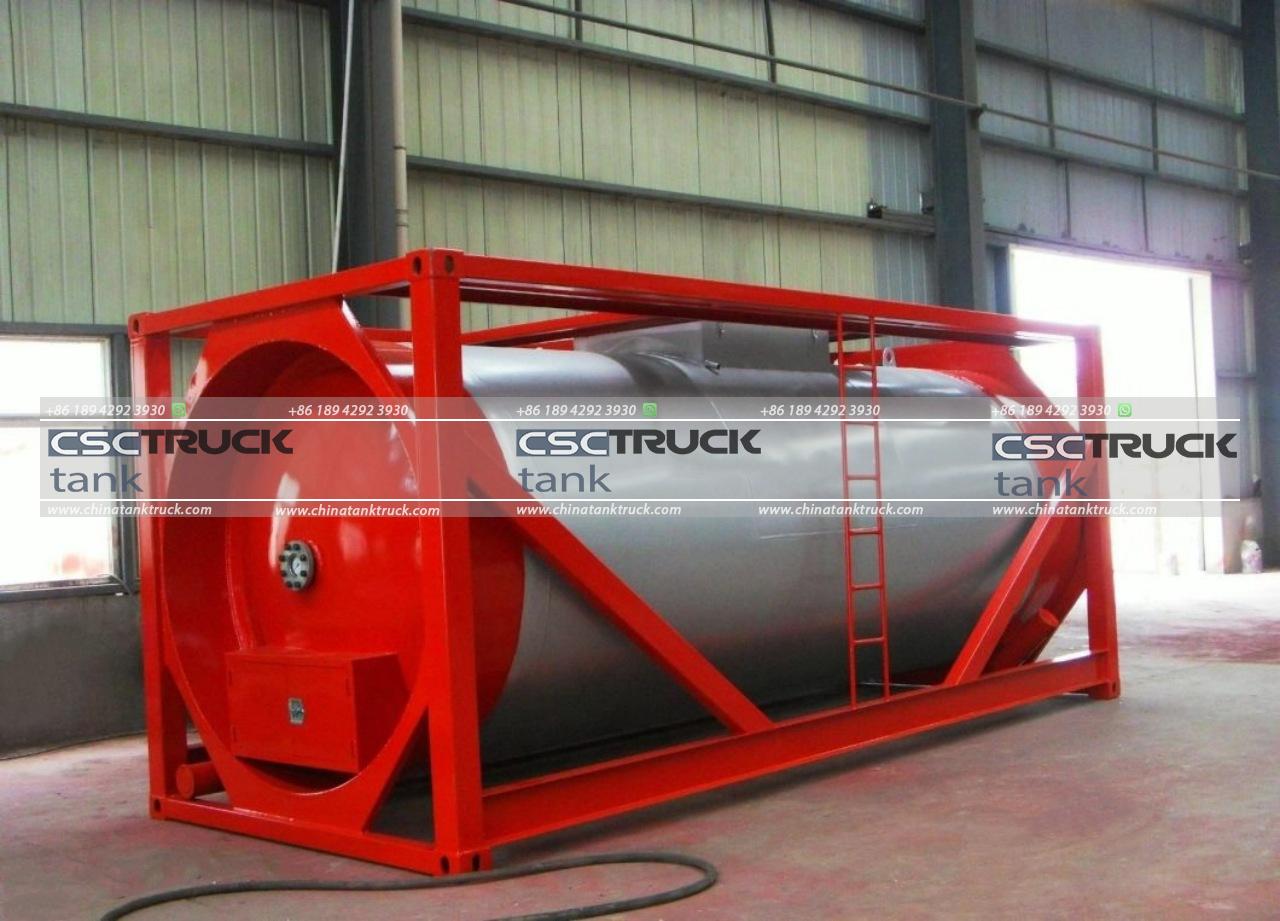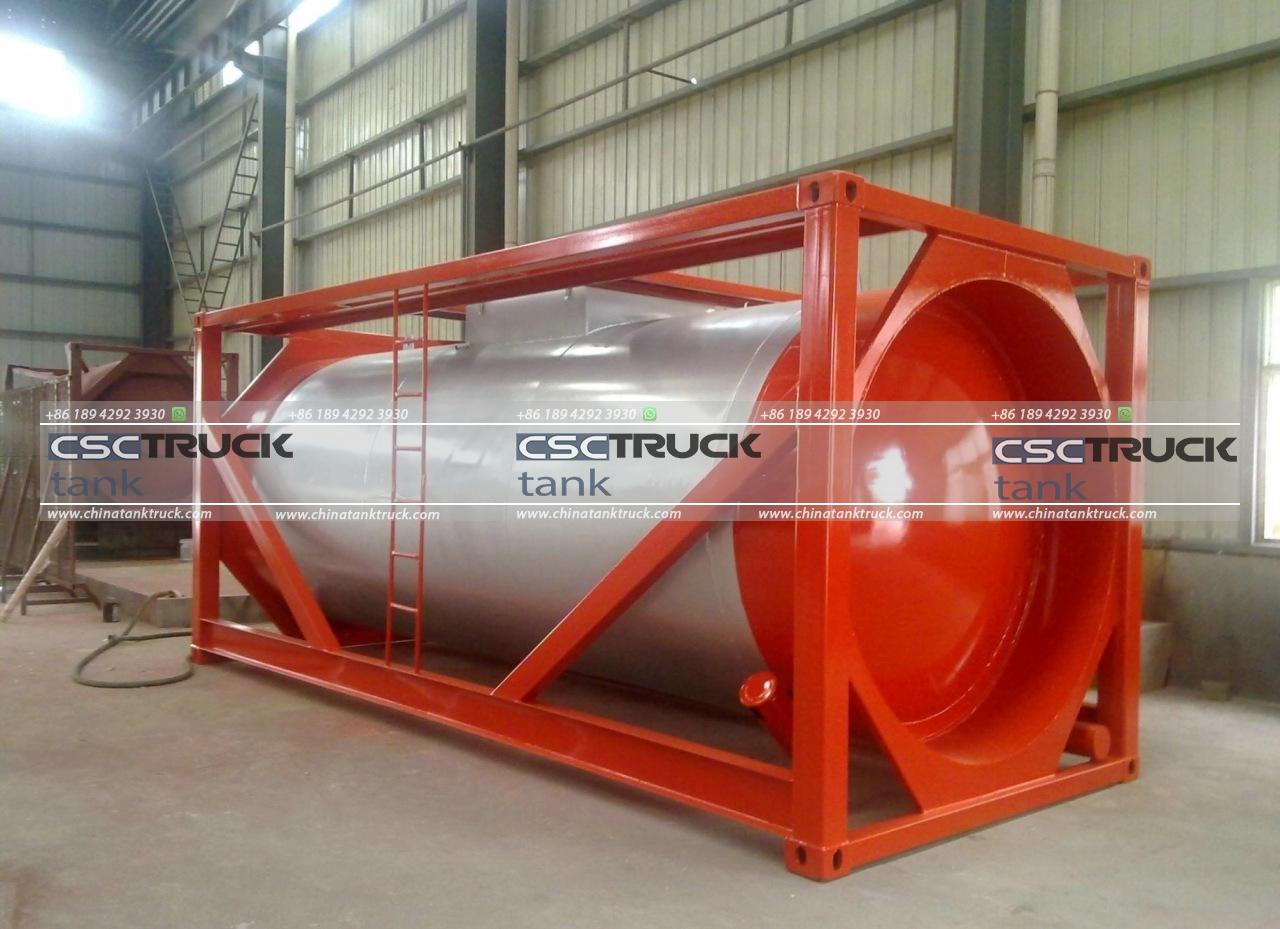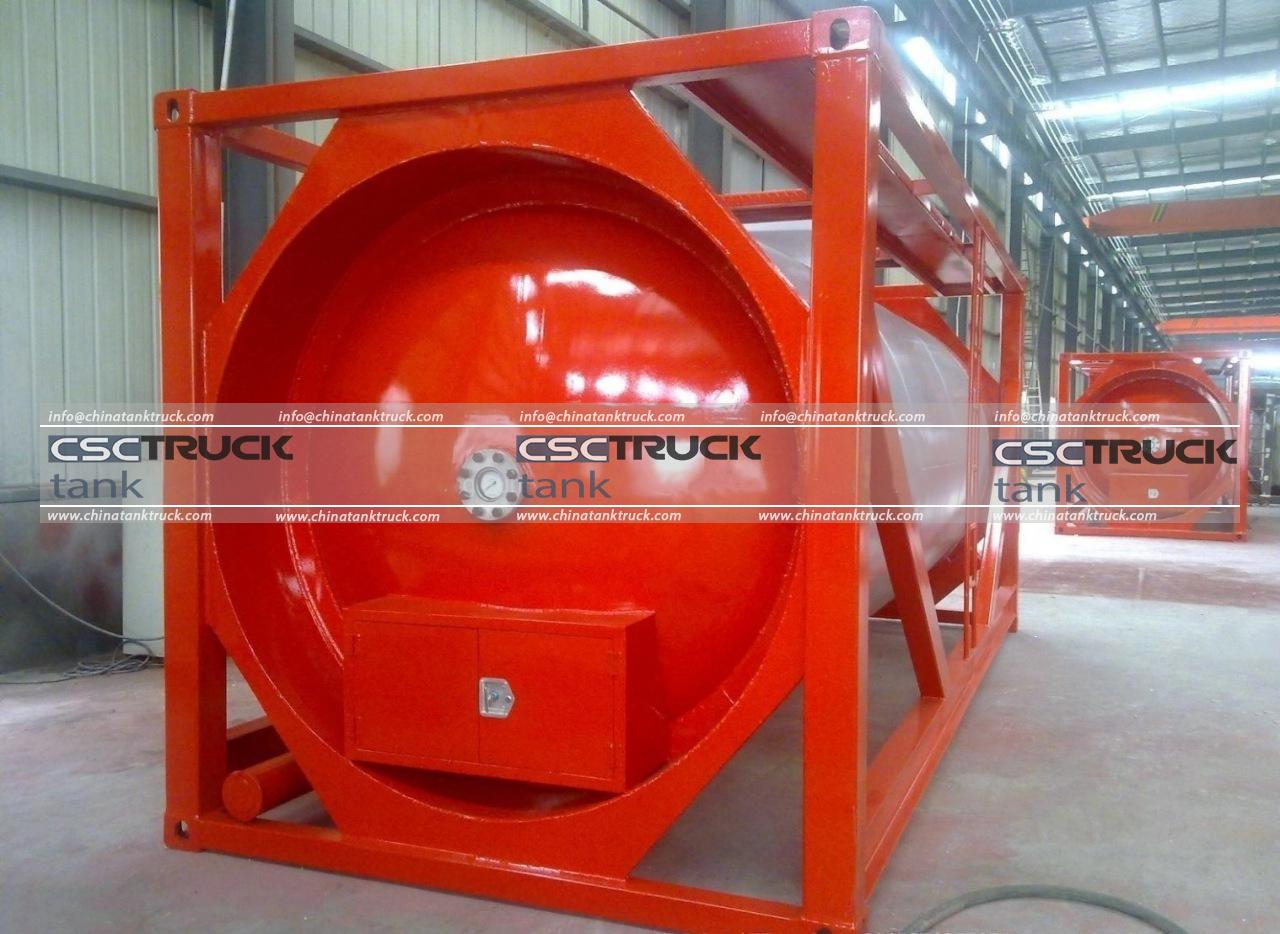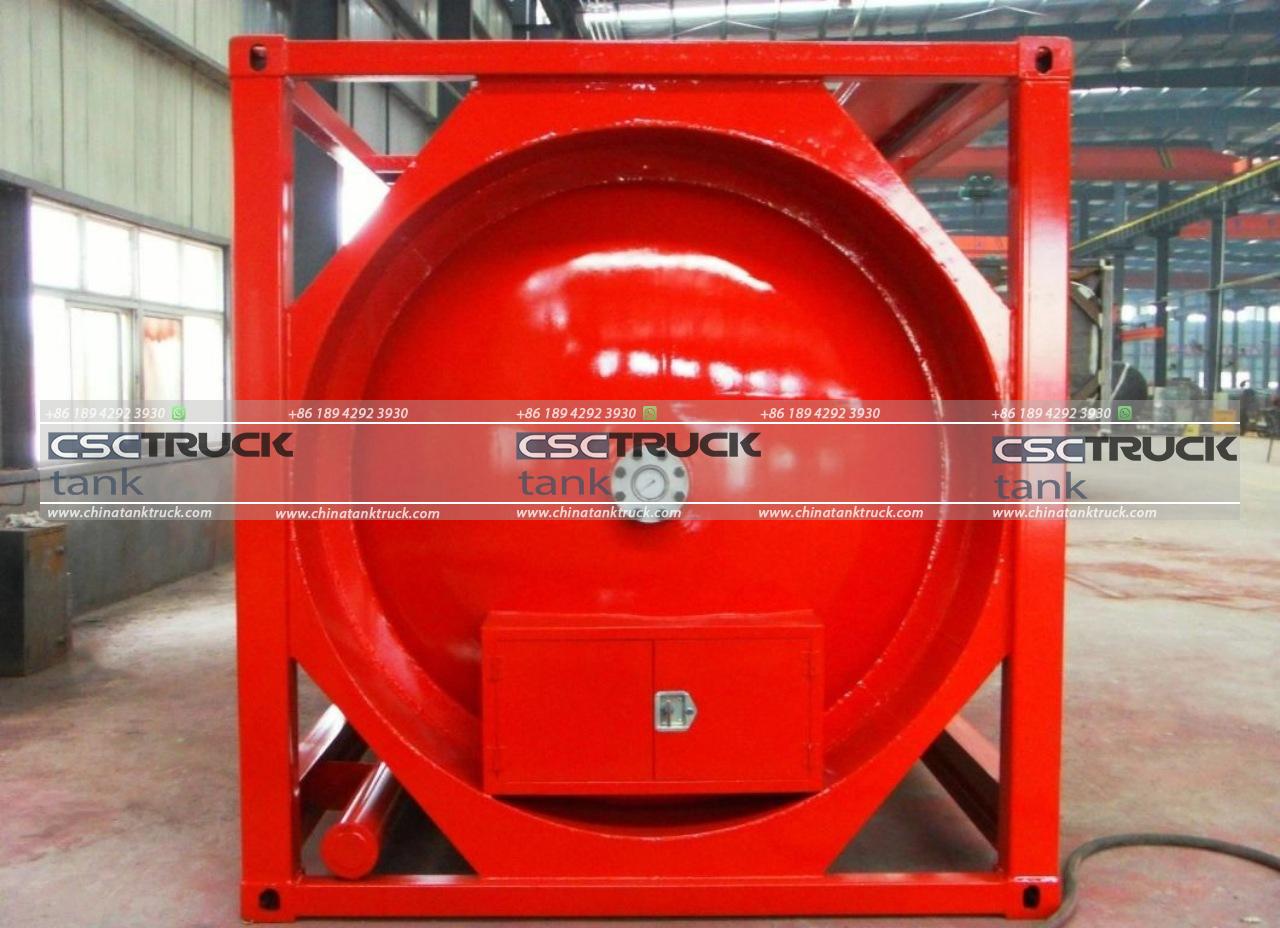How to Transport an ISO Tank?
Transporting an ISO tank is a complex task that requires careful planning, adherence to regulations, and coordination among various stakeholders. ISO tanks, also known as ISO tank containers, are specialized containers designed for the safe transport of liquids, gases, and powders. They are widely used in industries such as chemicals, pharmaceuticals, and food and beverage. This article outlines the essential steps and considerations for transporting an ISO tank, ensuring that the process is efficient and compliant with safety regulations.
1. Understanding ISO Tanks
ISO tanks are built to international standards set by the International Organization for Standardization (ISO). These tanks are constructed to withstand the rigors of transportation and handling, with a focus on safety and durability. They come in various sizes, typically ranging from 20 to 40 feet, and are designed to transport a wide range of substances, including hazardous materials.

2. Planning the Transport
1. Determine the Type of ISO Tank:**
– Non-Hazardous: These tanks carry liquids or powders that are not classified as hazardous. Examples include food-grade products or non-toxic chemicals.
– Hazardous: Tanks transporting hazardous materials require additional precautions and compliance with strict regulations. These include flammable, corrosive, or toxic substances.
2. Route Planning:
– Road Transport: If transporting by road, plan the route carefully, considering road conditions, weight restrictions, and potential hazards. Ensure the route is suitable for the size and weight of the ISO tank.
– Rail Transport: For longer distances, rail transport might be more efficient. Ensure the rail network can accommodate ISO tanks and that loading and unloading facilities are available.
– Sea Transport: ISO tanks are often transported by sea using container ships. Verify the shipping line’s ability to handle ISO tanks and ensure proper stowage and securing of the tank.
3. Documentation:
– Bill of Lading: This document outlines the terms of the transport agreement and serves as a receipt of goods.
– Safety Data Sheets (SDS): Required for hazardous materials, SDS provides detailed information on the properties and handling of the substances.
– Customs Declarations: For international shipments, ensure all necessary customs paperwork is completed to avoid delays.
3. Preparing the ISO Tank
1. Inspection:
– Before transport, inspect the ISO tank for any signs of damage or wear. Ensure that it is clean and suitable for the type of cargo being transported.
2. Cleaning and Maintenance:
– Cleaning: For tanks used previously, ensure they are thoroughly cleaned and decontaminated to avoid cross-contamination of different substances.
– Maintenance: Check for any maintenance issues, such as leaks or corrosion, and address them before transport.
3. Securing the Cargo:
– Ensure the cargo inside the ISO tank is properly secured. This might involve checking internal baffles or reinforcements to prevent movement during transport.

4. Loading and Unloading
1. Loading Procedures:
– Safety: Follow all safety protocols during loading, including the use of appropriate personal protective equipment (PPE) and adherence to safety guidelines.
– Equipment: Use suitable equipment, such as cranes or forklifts, to handle the ISO tank. Ensure the equipment is rated for the weight and size of the tank.
2. Securing the Tank:
– Road Transport: Secure the ISO tank to the transport vehicle using appropriate tie-downs or restraints. Ensure that the tank is stable and won’t shift during transit.
– Rail Transport: Ensure the tank is properly loaded onto the railcar and secured according to rail industry standards.
– Sea Transport: For maritime transport, verify that the tank is correctly stowed in the container ship and secured to prevent movement during transit.
3. Unloading Procedures:
– Follow the same safety and equipment protocols as for loading. Ensure that the ISO tank is handled carefully to avoid damage.
5. Regulatory Compliance
1. International Regulations:
– ADR (European Agreement concerning the International Carriage of Dangerous Goods by Road): For road transport within Europe, ensure compliance with ADR regulations for hazardous materials.
– IMDG Code (International Maritime Dangerous Goods Code): For sea transport, follow the IMDG Code to ensure the safe transport of dangerous goods.
– RID (Regulations concerning the International Carriage of Dangerous Goods by Rail): Ensure compliance with RID regulations for rail transport.
2. Local Regulations:
– Different countries or regions may have specific regulations and requirements for the transport of ISO tanks. Research and adhere to these local regulations to ensure compliance and avoid legal issues.

6. Safety Considerations
1. Emergency Response:
– Develop an emergency response plan in case of accidents or spills. This plan should include contact information for emergency services, spill containment procedures, and first aid measures.
2. Training:
– Ensure that all personnel involved in the transport of ISO tanks are properly trained in handling, loading, and unloading procedures. This includes training on safety protocols and emergency response.
3. Inspection and Maintenance:
– Regularly inspect and maintain transport vehicles and equipment to ensure they are in good working condition. Address any issues promptly to prevent accidents or delays.
7. Tracking and Communication
1. Tracking Systems:
– Utilize tracking systems to monitor the location and status of the ISO tank during transport. This helps ensure timely delivery and allows for prompt action if any issues arise.
2. Communication:
– Maintain clear communication with all parties involved in the transport process, including the shipper, carrier, and receiver. Keep all stakeholders informed of any changes or issues that may affect the transport.

Conclusion
Transporting an ISO tank involves a series of detailed steps and considerations to ensure safe and efficient delivery. From understanding the type of tank and planning the route to adhering to regulations and managing safety, each phase of the transport process is crucial. By following best practices and maintaining rigorous standards, you can ensure that the ISO tank arrives at its destination in optimal condition, ready for its next use.

